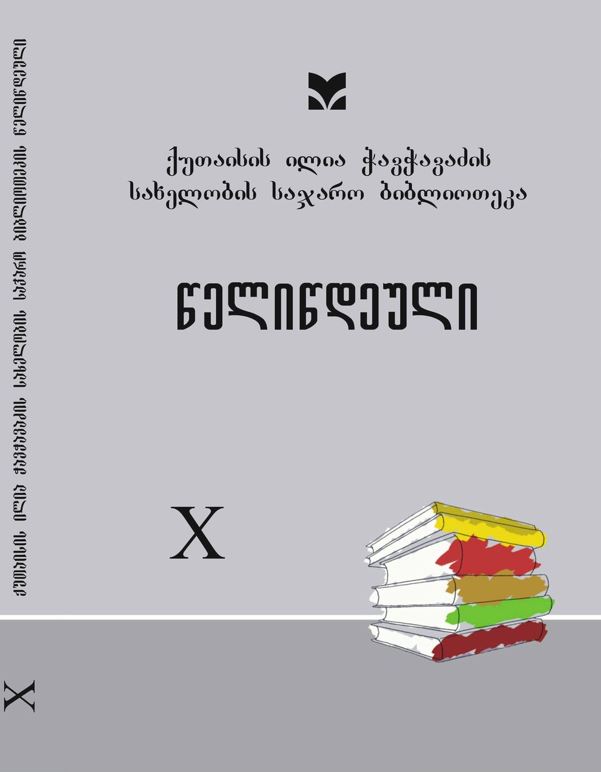აბრეშუმის მანუფაქტურული წარმოების ისტორიისათვის ქუთაისში
ანოტაცია
In XVII-XVIII centuries Georgian silk enjoyed positive publicity. Iran, Turkey, and Russia used to be monopolists on the world silk market, at that time Georgian silk had great quality, thus they demanded silk from Georgia as a tribute. The most required and high-graded were Jejim, Tavta, and Daraia. In Kutaisi province, silk filature was high quality and in terms of relevant manufacturing it gave a great result, that’s why local filature was sent in Odessa and Moscow, where a thread tensioning was done in European style. Filature was sent in European countries and Turkey in smaller amounts, as for the remains it was manufactured and used locally.
Georgian silk was destroyed by the epidemic of small worm invasion from Europe which deterred silk manufacturing in Kutaisi. Manufacturing in Kutaisi suspended. To study and correct this situation the government invitedNikoloz Savrov from Russia. Savrov established the station for silk manufacturing in Mushtaidi garden and restored Georgian silk. Managing silk realization became necessary. Partnership groups were founded to control the illegal trade of the silk. The first group was founded on February 3, 1895, with the supervision of Nugzar Tsereteli and it
operated until 1913.
In the time of Tsaristic Russia, silk manufacturing declined to one stage - only the filature was produced. Home manufacturing stopped as the cheap fabricates took from Russia won the competition. Factories used to be small manufacturing type firms and mostly they had no machinery.
Russian Empire froze Georgian manufacturing in one place. It didn’t want the development of the fields, as it needed only the raw materials and not the manufacturing.




